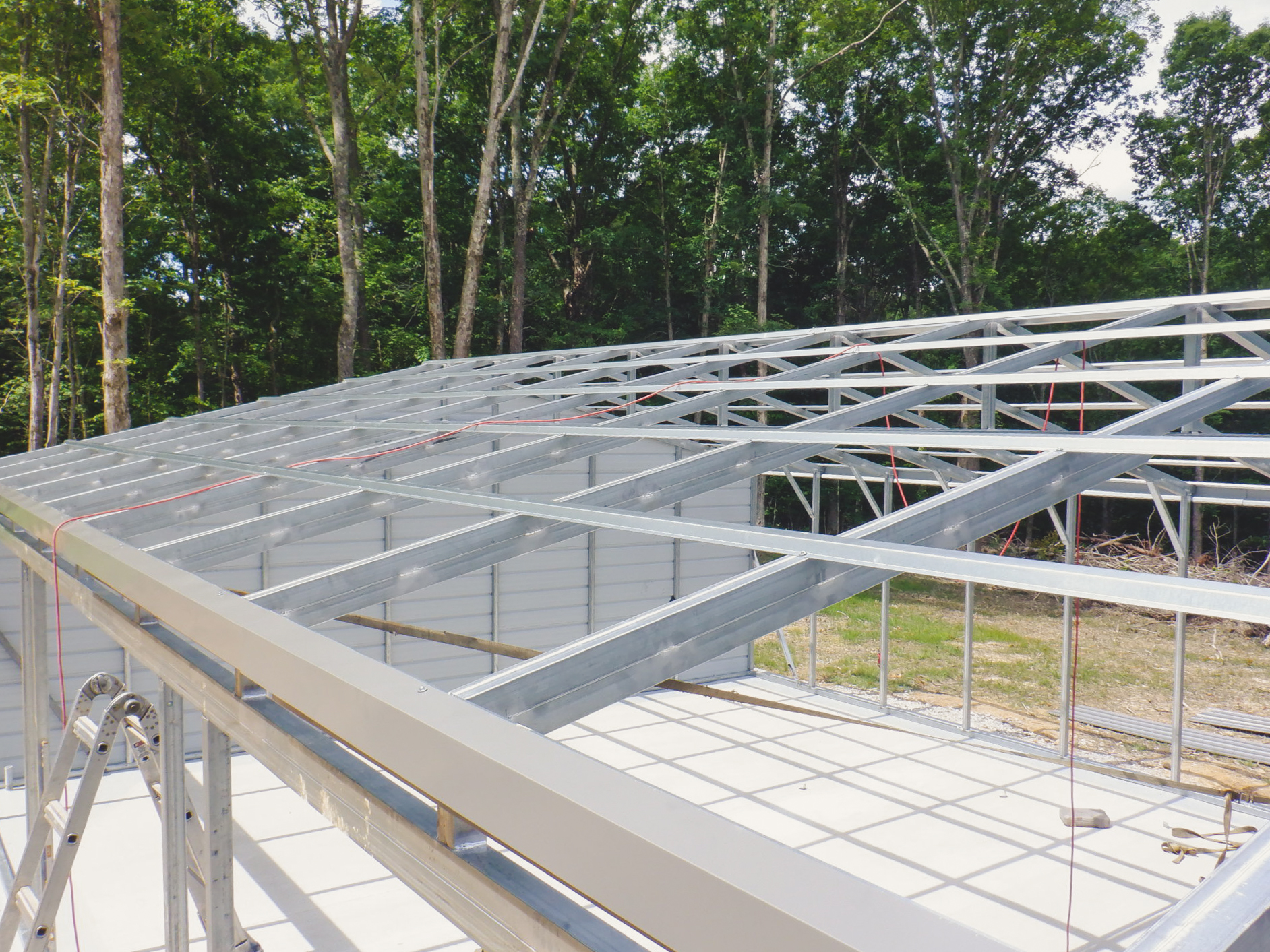It is interesting to note that steel is one of the most recycled products there. You probably have some sort of steel in your daily wear or even in your home. So what is steel and what is its chemical composition? If you are interested in the types of steel used in buildings, shipbuilding, automobiles, and a number of other areas, you definitely need to read this blog.
Steel types according to the chemical composition
Steel is a metal alloy composed of iron and carbon. The amount of carbon in the alloy determines the type of steel. There are five main types of steel, which are determined by the amount of carbon they contain: carbon steel, galvanized steel, stainless steel, alloy steel, and tool steel.
Read: Why is steel harder than iron?
Carbon steel is the most common type of steel and is used in a variety of applications, including buildings, shipbuilding, automobiles, and a number of other areas. It has a carbon content of up to 2%.
Galvanized steel is steel that has been coated with zinc to prevent corrosion. It is used in a variety of applications, including buildings, shipbuilding, automobiles, and a number of other areas.
Stainless steel is steel that has been coated with chromium and nickel to prevent corrosion. It is used in a variety of applications, including buildings, shipbuilding, automobiles, and a number of other areas.
Alloy steel is steel that has been mixed with other metals to create a stronger alloy. It is used in a variety of applications, including buildings, shipbuilding, automobiles, and a number of other areas.
Tool steel is a type of steel that is specifically designed for use in tools. It is used in a variety of applications, including buildings, shipbuilding, automobiles, and a number of other areas.
Importance of structural steel

Structural steel has a long history of use in construction and remains an indispensable material in the building industry. Steel is strong and durable, which means it can be used to support heavy loads in a variety of applications. In buildings, structural steel is often used in the frame, as well as in beams, columns, and braces.
There are a number of benefits to using structural steel in construction. Steel is strong and can support large loads, making it ideal for framing and other applications where weight is a concern. Steel is also durable and can withstand harsh weather conditions and abuse. Additionally, steel is recyclable, making it an environmentally friendly choice.
When it comes to construction, steel is a key material that should not be overlooked. It is strong, durable, and efficient, and can be used in a variety of applications. If you are considering building a new structure, be sure to consider using structural steel.

